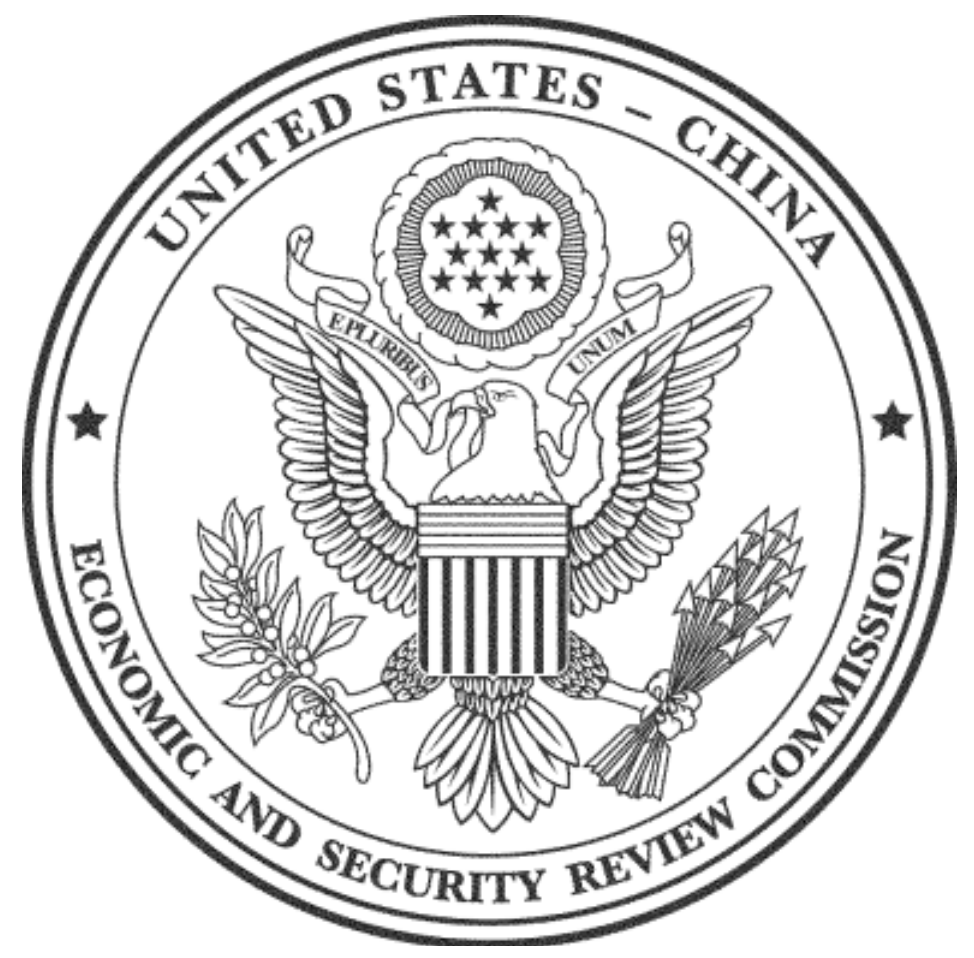Blog Post
Why China’s current account balance approaches zero
China’s current account is projected to be balanced within the next few years. Observers disagree whether this is due to structural factors or Chinese policy. We review their assessments of the Chinese saving and investment situation and what this implies for the future.
A country’s current account balance can be seen from different perspectives. From a trade perspective, the current account balance is positive if the sum of net exports and net income from abroad is positive. The current account balance is positive also if a country saves more than what is spent on domestic investment.
The IMF’s spring edition of the World Economic Outlook projects the Chinese current account balance to be around 0.5% of GDP in 2019, enter negative territory in 2022, and stand at minus 0.2% by 2024. But during the last 15 years, the current account balance of China, the world’s manufacturing powerhouse, has been consistently positive and before the great financial crisis as high as 10% of GDP in 2007. As a result, there is a considerable debate whether and how quickly the Chinese current account will be falling below zero.
A report by Morgan Stanley, an investment bank, argues that such projections are too conservative as China’s current account will already be negative for 2019 and grow in the coming decade to reach 1.6% of GDP by 2030. The report notes that this deficit is relatively small, especially when taking into account China’s large net foreign asset position. Nevertheless, the authors conclude that China should take steps towards opening up its financial markets to foreign investors to facilitate the inflow of foreign capital, which will be needed to finance the new normal of current account deficits.
Two articles in The Economist take a closer look at the underlying forces and implications of a negative Chinese current account. The articles highlight that the negative drift in the current account is due to cyclical but also structural forces. The cyclical aspects are best seen from the trade perspective: the currently high prices of Chinese imports, for example oil and semiconductors, drag the trade balance downwards. Once these prices come down to their long-term average, China’s import bill will shrink and the current account balance will increase again. The structural shifts are best seen from the finance side as they affect Chinese saving and investment rates. While investments in China have remained at around 40% of GDP for a while, the share of domestic income that Chinese households (and some firms) save has fallen from 50 to 40% of GDP. From that perspective, the current account balances should now be close to zero.
There are several reasons for the observed decline in the (still high) Chinese savings rate according to The Economist. The first is that China is ageing: there are less young people saving for later days and more old people drawing from their savings. The second reason is that as Chinese residents are growing richer, they consume a larger share of their income. Importantly, from a trade balance perspective, consumption spending by Chinese tourists abroad (which counts as imports of goods and services) has skyrocketed since 2013. The Economist argues that current account deficits are the inevitable new normal for China given those two reasons. Very much in line with the report by Morgan Stanley, the authors conclude that “China will need to attract net capital inflows—the mirror image of a current-account deficit“, which is only possible if China opens up its capital markets to foreign investors.
Brad Setser sees the situation differently by pointing not only to the importance of savings, but also to investments. First, he disagrees that structural factors are pushing the current account into deficit. Drawing on an IMF study, Setser argues that ageing will reduce saving by a mere 6 percentage points of GDP by 2030, therefore saving rates will remain very high. Furthermore, he argues that China’s level of investment, which is one of the highest among large economies, is likely to decline as well, which then balances the current account again. What, then, has caused the observable decline in the current account so far? Setser argues that “[China has] the same level of national savings as Singapore. Singapore runs a 20% of GDP current account surplus. My guess is that without a 10% of GDP (or more) ‘augmented’ fiscal deficit, China would also run a substantial surplus.” Hence, if the Chinese government would stop directing investments to the extent it is doing currently, for example in the case it starts fiscal tightening, China’s current account would bounce back into surplus territory. In fact, he argues that “[t]he turn back toward stimulus in 2016 is the main reason, together with the partial recovery in the price of oil, why the surplus has come down in the past couple of years—not any structural change in China’s savings.”
The second point where Setser disagrees is the urge to liberalise China’s financial account. Setser argues that it is unclear whether a financial sector liberalisation would increase efficiency, since there are many implicit guarantees, and risky, under-capitalised financial institutions around. “What seems more likely is that a more open financial account would lead to a more rapid reallocation of Chinese savings out of China—e.g. more capital flight.” Therefore, a reduction of capital controls would likely lead to capital outflows, which would then put downward pressure on the renminbi. Finally, a depreciated renminbi would immediately lift the current account balance back up.
Zhang Jun evaluates the Chinese investment and saving rates from a future growth perspective. High investment rates, financed by a high domestic saving rate, have allowed for rapid growth in the last decades. However, Zhang argues that China has arrived at a point of development where it is necessary to reduce its high saving rates because investments are oversaturated. He argues, similar to Setser, that the current account balance is close to zero because of policy rather than structural factors. Due to pressure from trading partners over its large export surplus, China decided to “expand substantially its spending on investment in domestic infrastructure and housing and let the renminbi appreciate”. The higher investment rate lowered the current account balance but also reduced marginal returns on capital and total factor productivity. To avoid asset price bubbles and further deterioration of productivity, Zhang argues that Chinese saving rates have to fall, and the thus far protected service sectors should be opened to competition. Such a scenario implies a transformation of the Chinese economy from export-led growth to consumer-led growth, which is much more focused on the domestic market. Providing more consumption opportunities for the Chinese, especially domestic services, will reduce excessive saving. Zhang does not envision China opening its financial accounts, but rather envisions a purely domestic transformation of the economy.
Republishing and referencing
Bruegel considers itself a public good and takes no institutional standpoint. Anyone is free to republish and/or quote this post without prior consent. Please provide a full reference, clearly stating Bruegel and the relevant author as the source, and include a prominent hyperlink to the original post.






